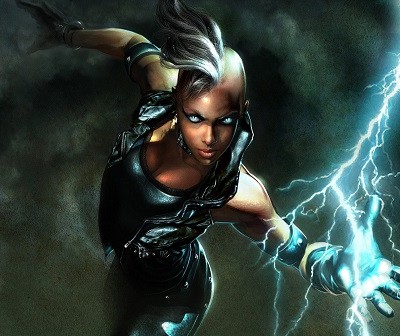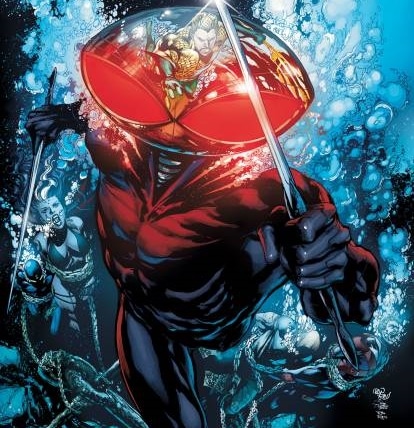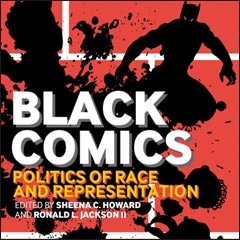I’m going to assume that everyone here has seen the second movie in Peter Jackson’s adaptation of “The Hobbit,” generously titled The Devious Cashgrabination of a Beloved Story. Do you remember the scene in Laketown, where we find out that this sleepy harbor area is actually the most diverse place in all of Middle Earth? Here, allow me to refresh your memory.
I’m going somewhere with this, stay with me.
A year ago, a fan asked BioWare writer David Gaider about the lack of ethnic diversity among humans in Dragon Age’s fantasy world, Thedas:
To see Dragon Age fall back on that trope of “Humans Are White, Fantastic Races are POC” was really disheartening and just plain tiresome, to be honest. This has been a thing for as long as I can remember in fantasy, especially sword and sorcery fantasy in fantasy counterpart versions of medieval Europe like Thedas. People of color, if they exist at all in these settings, are typically either Orientalist Yellow Peril monsters from the Forbidden East, or dark barbarian hordes from the wastelands outside the pristine lily white lands of the heroes, always threatening the white status quo somehow. At best, we’re noble savages who can teach the white heroes ancient wisdom and life lessons about how to be better people. This, despite so much history available about the diversity of medieval Europe, how it was much less white than people generally believe it to be. I know that Thedas really relies on the fantasy counterpart culture idea, but in a land of blood magic and dwarves and darkspawn, the idea that societies are racially and ethnically homogeneous is…weird? Squicky? F***ed up?
I’ve cherry-picked the most interesting part of Mr. Gaider’s response:
“I suppose you’re correct that, on some level, there seemed to be less thematic need to address issues of racism within human societies with there being such a visible ‘other’ for them to deal with. Perhaps one could say that skin color isn’t such a big issue in Thedas when there are elves and dwarves and qunari who are so much more different among them … or perhaps that’s a cheap way to look at it? Something to think about. That said, I don’t think the societies in Thedas are as racially homogenous as you believe — or, at least, they’re not intended to be. How well have we shown that in-game? Probably not very well.”
Read more from Troy L. Wiggins at afrofantasy.wordpress.com










